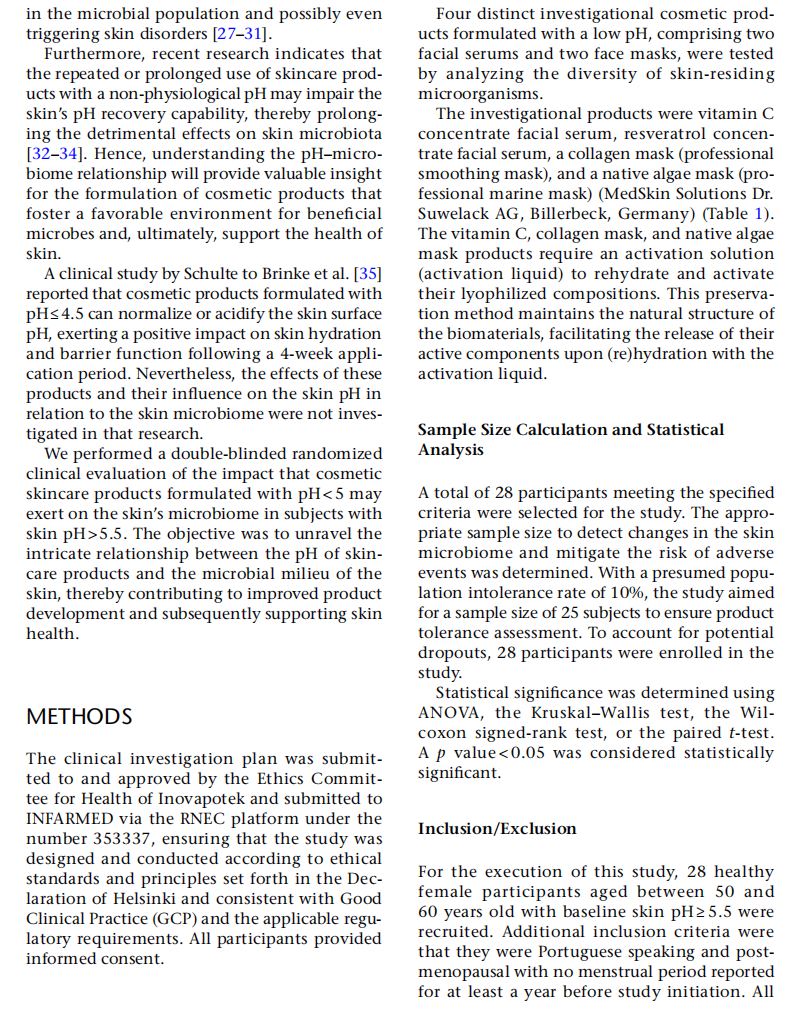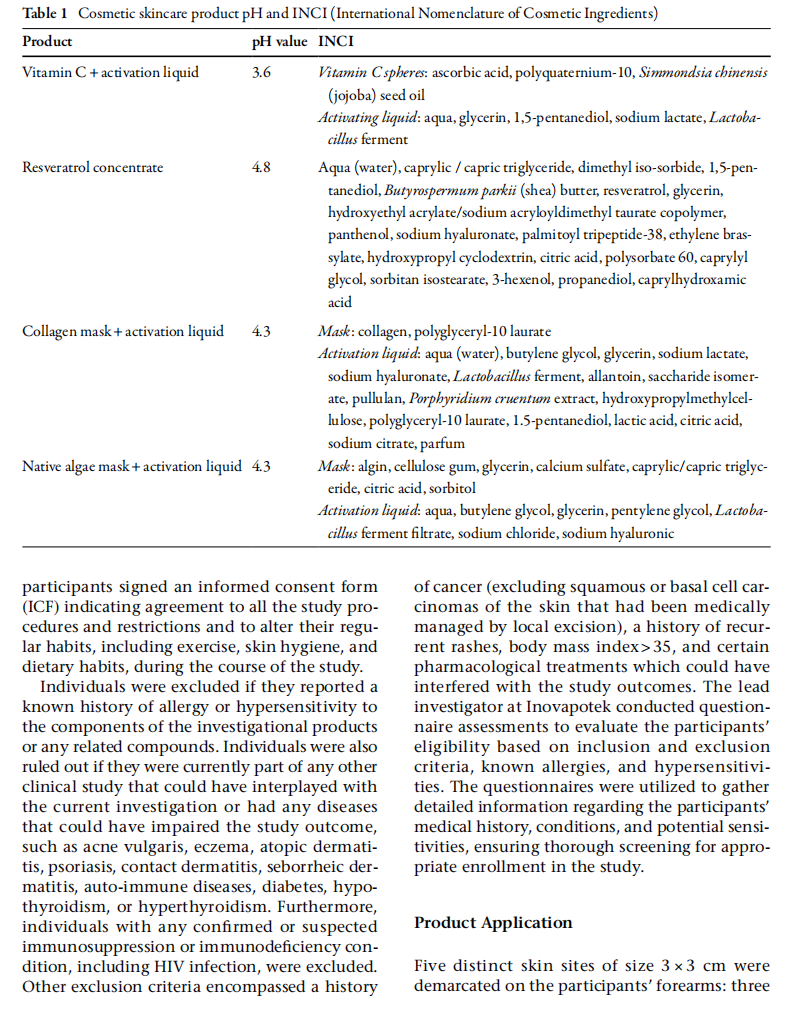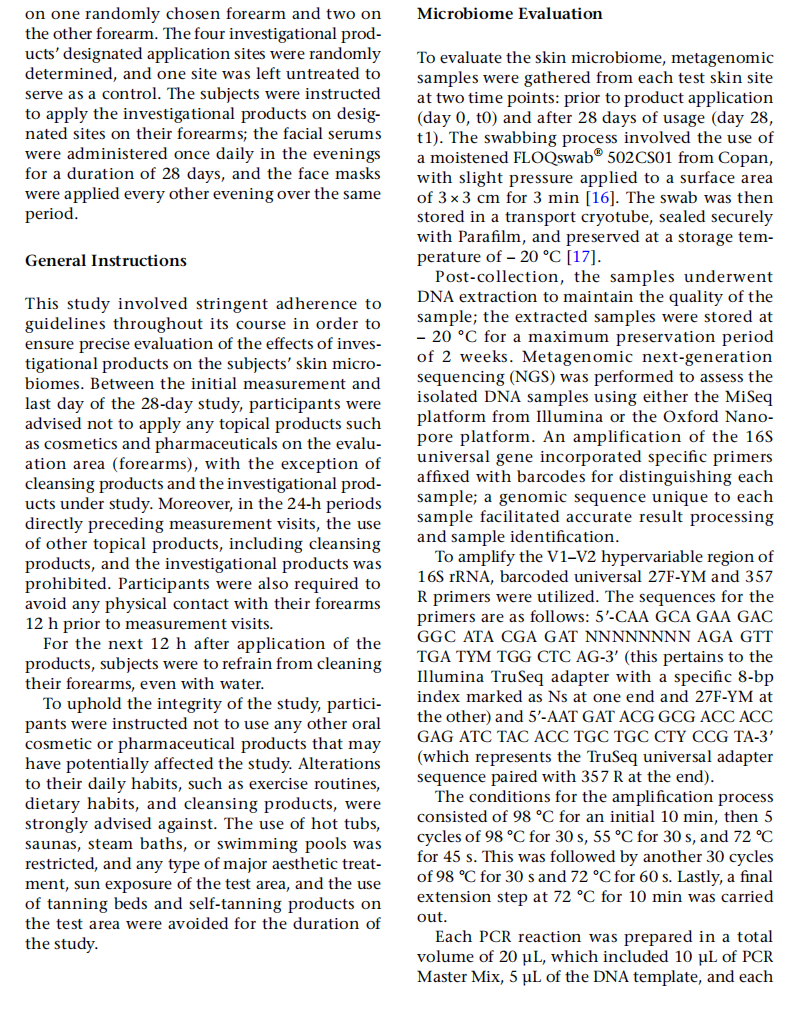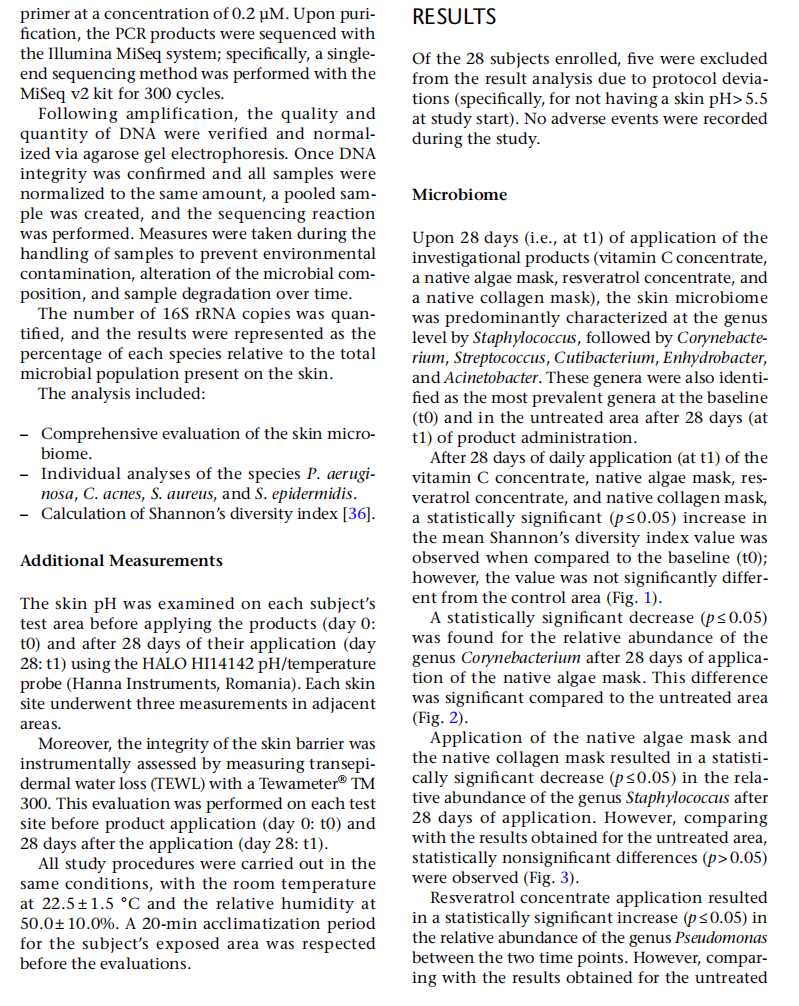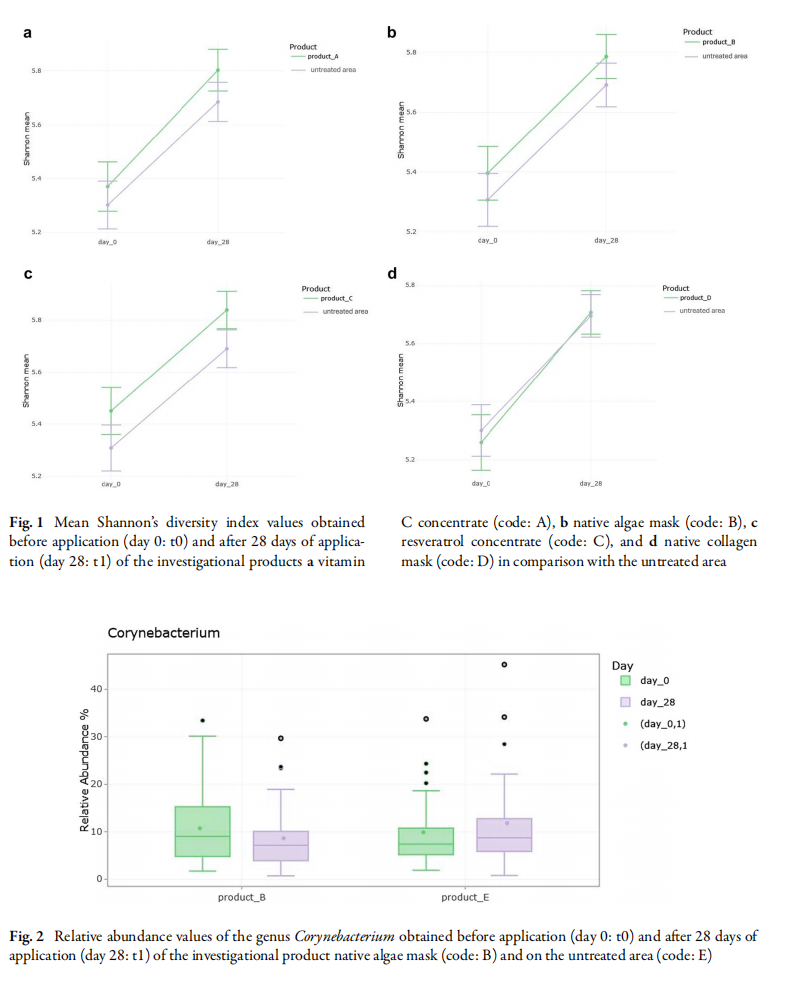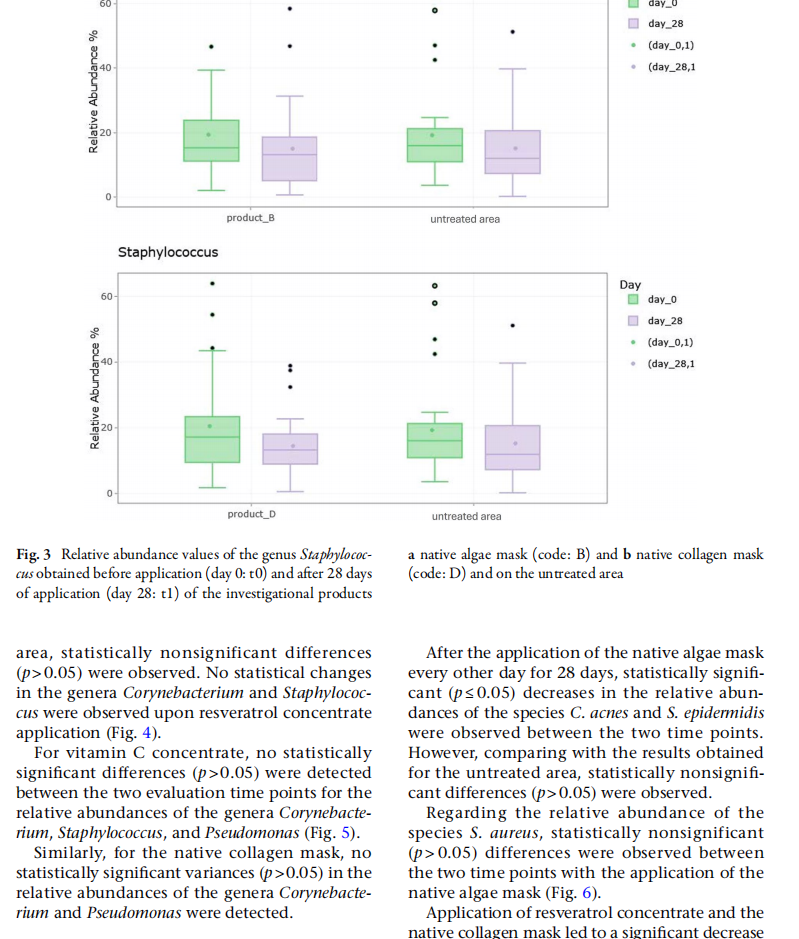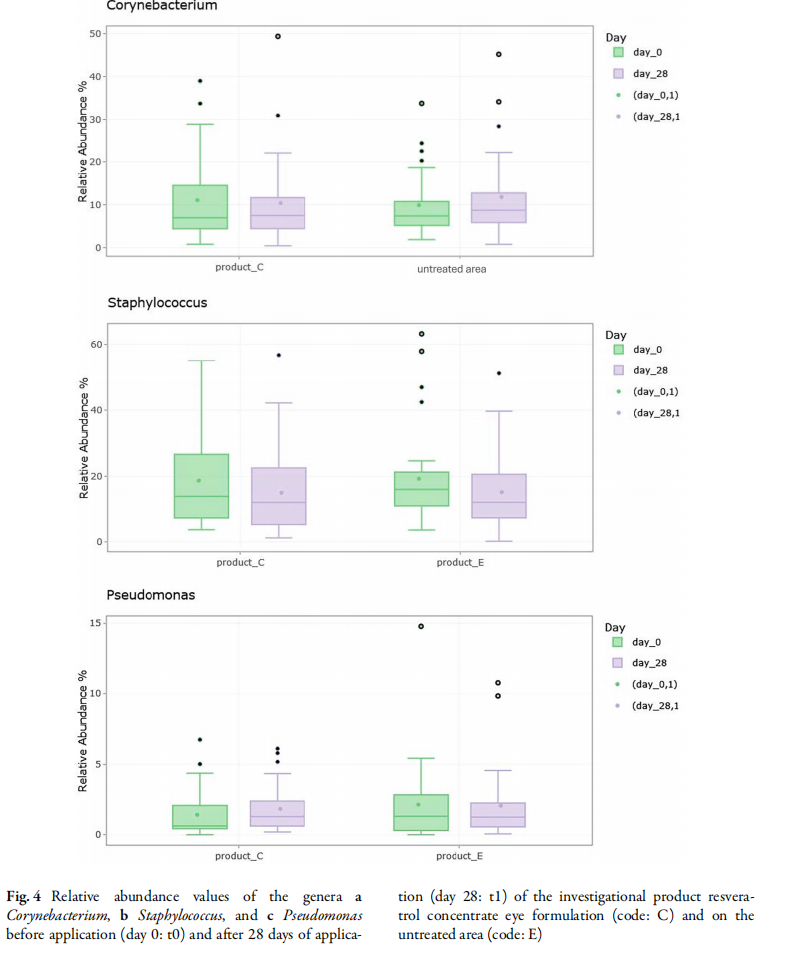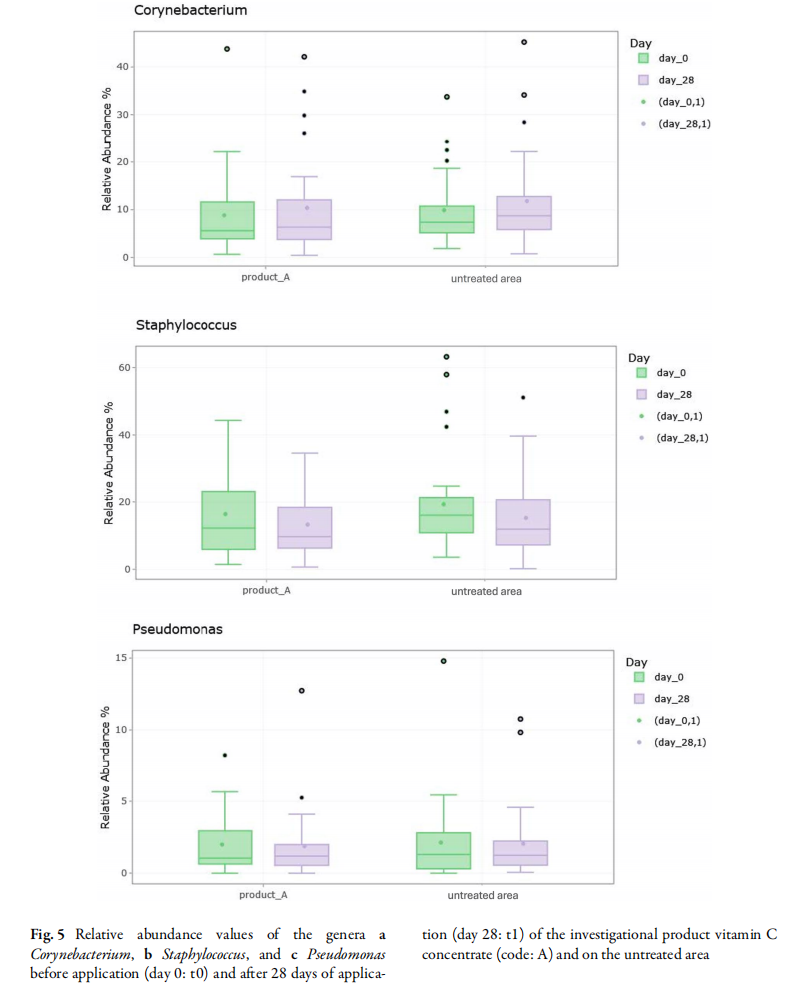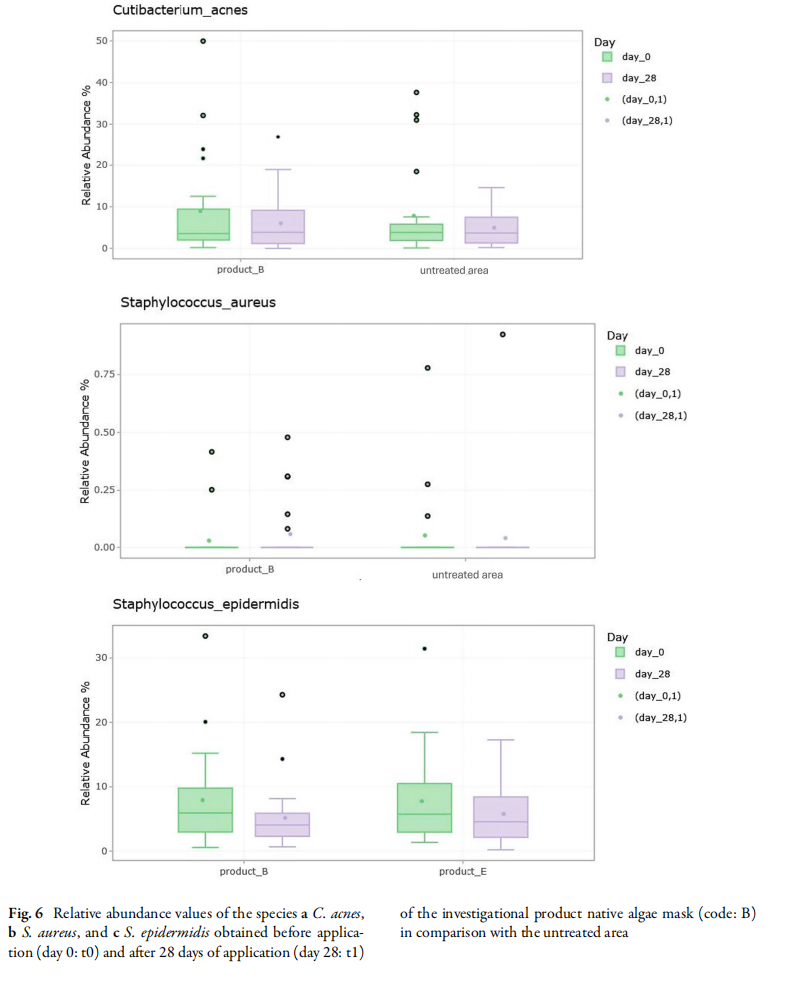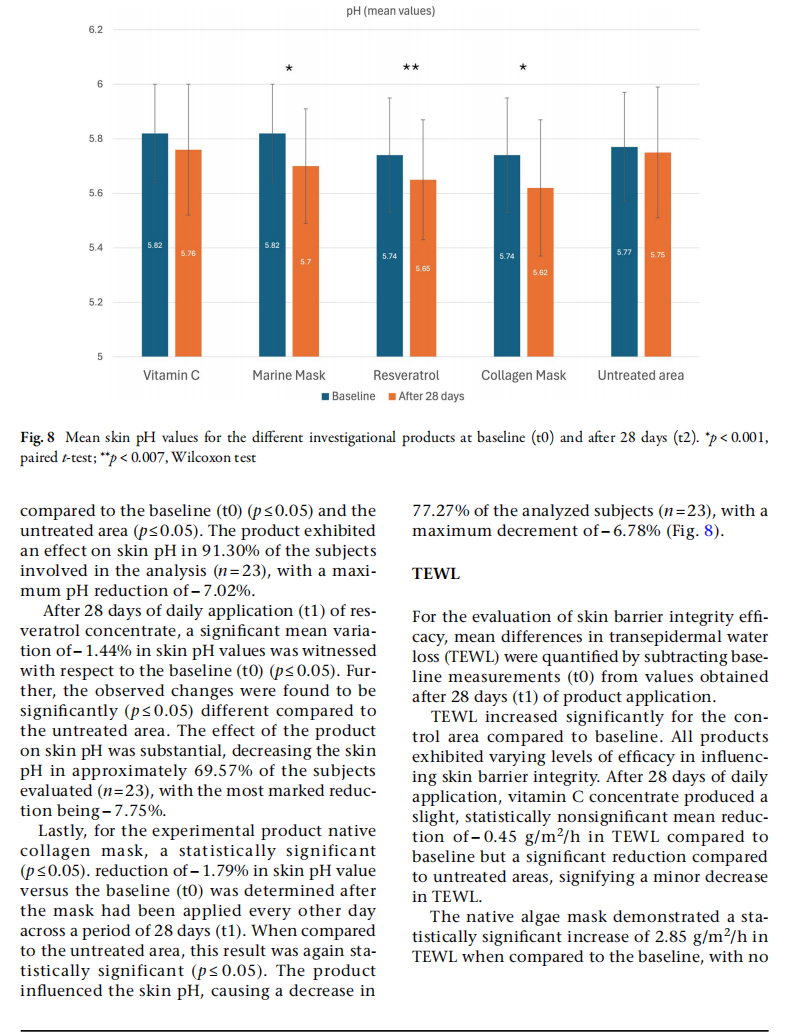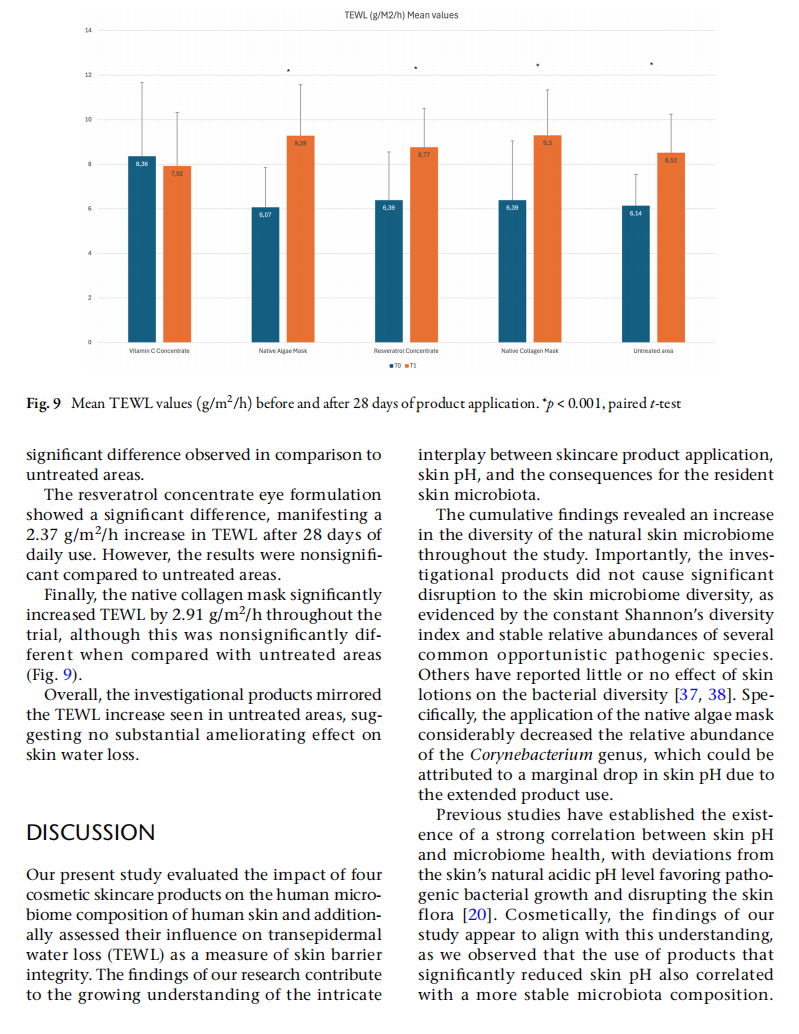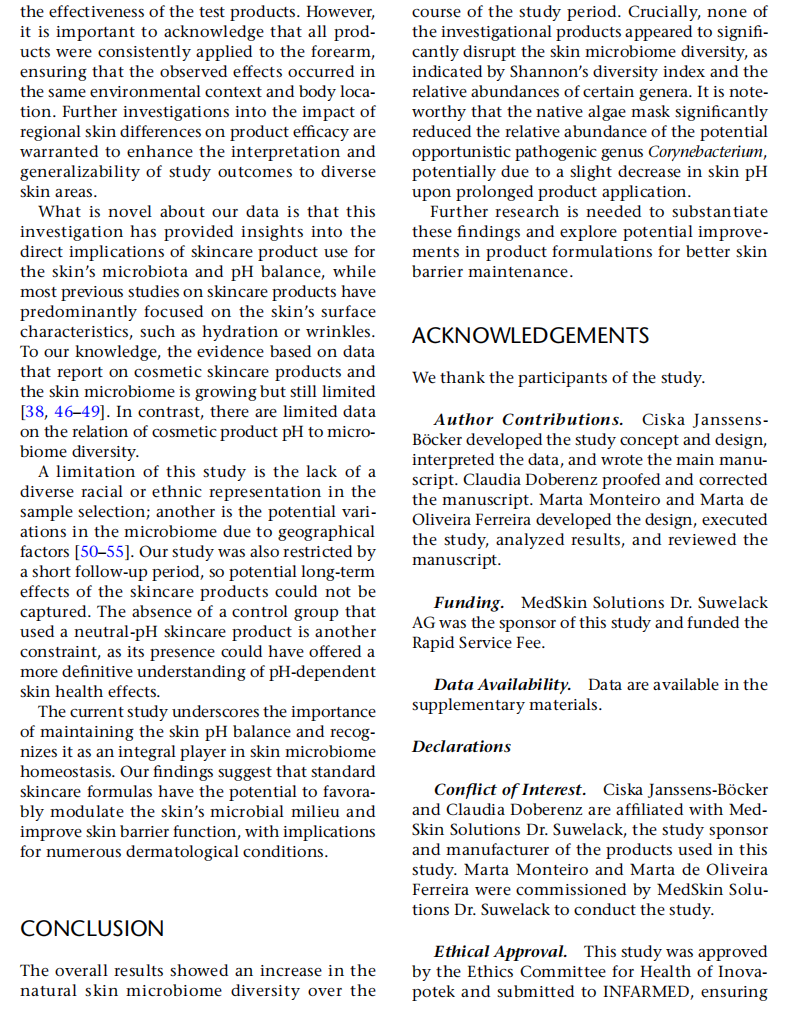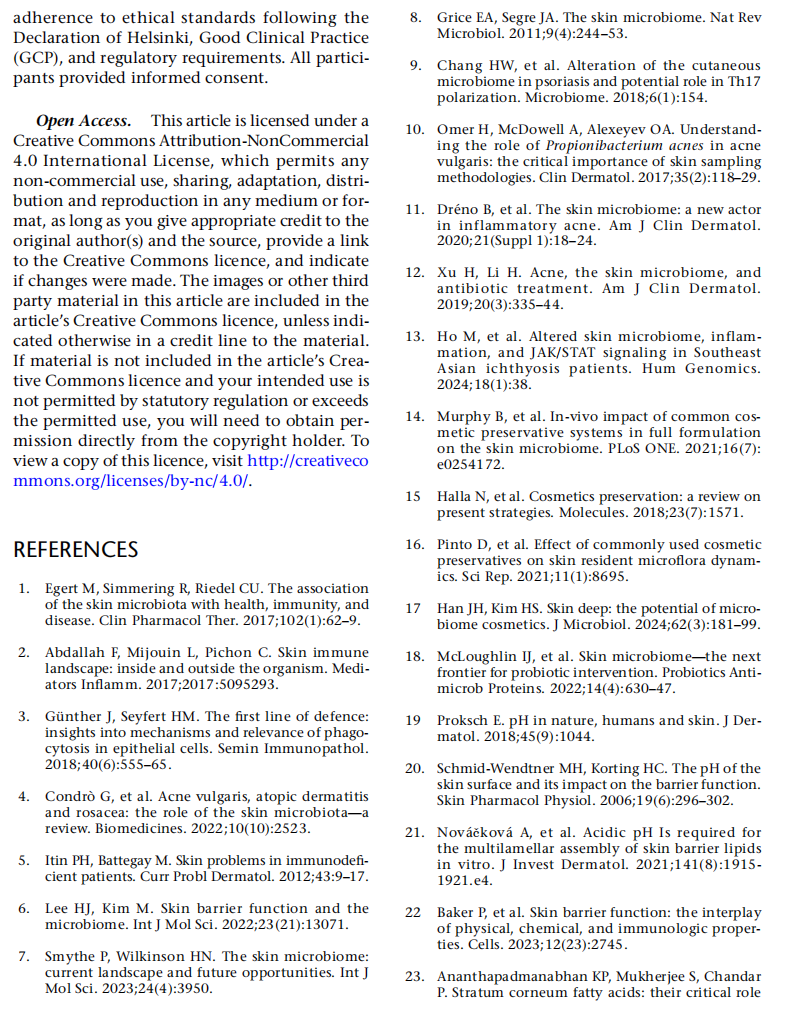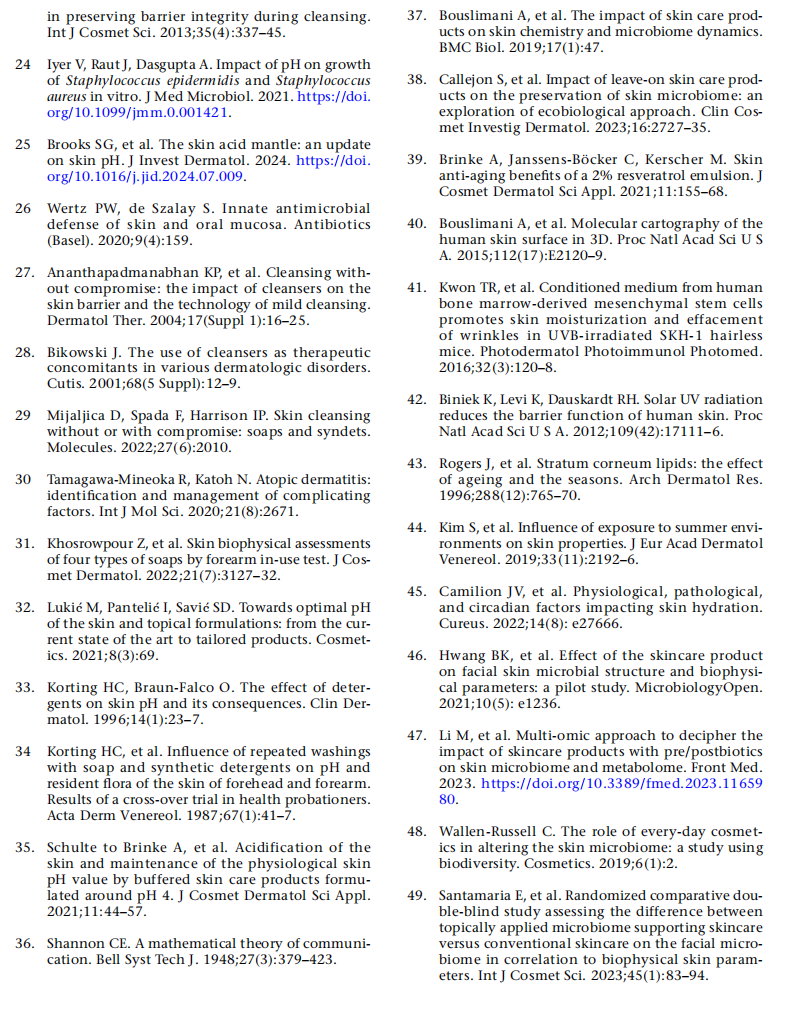Ciska Janssens‑Böcker · Claudia Doberenz · Marta Monteiro · Marta de Oliveira Ferreira
C. Janssens‑Böcker (*) · C. Doberenz MedSkin Solutions Dr. Suwelack AG, Billerbeck, Germany e-mail: ciska.janssens-boecker@medskin-suwelack. com M. Monteiro · M. de Oliveira Ferreira Inovapotek, Pharmaceutical Research & Development, Porto, Portugal
Received: September 10, 2024 / Accepted: November 27, 2024 / Published online: December 21, 2024 © The Author(s) 2024
Supplementary Information
The online version contains supplementary material available at https://doi.org/10.1007/s13555-024-01321-x.
ABSTRACT
Introduction:
The human skin acts as a pro‑ tective barrier against external pathogens and hosts a diverse microbiome consisting of bacte‑ ria, fungi, viruses, and archaea. Disruptions to the skin microbiome can impact immune func‑ tion, leading to inflammatory and autoimmune conditions. The importance of pH for the micro‑ biome is paramount. Cosmetic skincare prod‑ ucts interact with the skin microbiome and skin pH, playing a key role in maintaining microbial balance. Research suggests that products with non-physiological pH levels may disrupt the skin microbiota. Our clinical study aimed to evaluate the effects of low-pH cosmetic products (pH<5) on the skin microbiome, contributing to improved skin health.
Methods: The clinical study focused on evalu‑
ating the skin microbiome diversity following
the application for 28 days of four different low�
pH cosmetic products (vitamin C, resveratrol, a
collagen mask, and a native algae mask) on the
forearms of post-menopausal women with skin
pH>5.5.
Results:
The diversity of the natural skin microbiome increased consistently through‑ out the study, evident in both the untreated area and after the application of the Vitamin C Concentrate, Resveratrol Concentrate, Colla‑ gen Mask, and Native Algae Mask, as indicated by Shannon’s diversity index. The native algae mask notably reduced the Corynebacterium genus and significantly lowered the pH. The skin pH changes corresponded with microbiota stability.
Conclusions:
In conclusion, enhanced diver‑ sity of the natural skin microbiome was observed over the study duration. None of the investi‑ gational products caused significant disruption to the skin microbiome diversity, as evidenced by the stable Shannon’s diversity index and relative abundance of specific genera. Notably, the native algae mask significantly decreased the presence of the opportunistic pathogenic Corynebacterium genus, which is likely attribut‑ able to a minor reduction in skin pH following extended product use. The findings suggest that the use of low-pH skincare products, like the native algae mask, do not disrupt skin micro‑ biome diversity and may have the potential to positively impact skin microbiome diversity and health by reducing certain pathogenic microbial
Keywords: Human skin; Microbiome; Skincare; Cosmetics; pH
Key Summary Points
Why carry out this study?
This study investigated the intricate relation‑ ship between cosmetic skincare products, the skin microbiome, and skin health. It evaluated the impact of low-pH skincare products on skin microbiome diversity and skin barrier function.
What was learned from this study?
The diversity of the skin microbiome increased following the application of vita‑ min C concentrate, resveratrol concentrate, a collagen mask, and a native algae mask, as demonstrated by Shannon’s diversity index. The native algae mask notably decreased the genus Corynebacterium and lowered the pH, with the pH changes aligning with micro‑ biota stability. Low-pH skincare products maintain skin microbiome diversity and health by reducing pathogenic microbial populations, promot‑ ing a positive impact on skin microbiome health.
INTRODUCTION
The skin serves as the outermost boundary between the human body and the environment and functions as a protective shield prevent‑ ing the entry of external pathogens [1–5]. At the same time, it accommodates the resident commensal microbiota, also called the micro‑ biome [2, 6, 7]. This microbial community that inhabits human skin is highly complex and consists of highly diverse microorganisms, including bacteria, fungi, viruses, and archaea [6–8]. Disruptions to the skin’s microbial consor‑ tium may influence the functioning of the skin’s immune system. Dysregulation of the skin microbiome has been associated with numerous inflammatory and autoimmune con‑ ditions such as atopic dermatitis and vitiligo, which is indicative of the pivotal role of the skin microbiome in maintaining skin health [9–13]. Cosmetic skincare products are widely used to modify or improve the appearance of the skin. These formulations typically incorporate antimicrobial preservatives, scents, and diverse constituents that engage not only with the skin but also with its resident microbiome [14–16]. Over the past decade, there has been a signifi‑ cant rise in interest in elucidating the complex interactions between cosmetic products and the skin microbiome, with a key emphasis on for‑ mulating products that maintain a healthy skin microflora [17, 18]. The pH of the skin plays a pivotal role in influencing the profile of resident microbial populations. The skin preserves a slightly acidic pH, approximately 5.0, facilitating the forma‑ tion of the ‘acid mantle’ [19–22]. This protec‑ tive layer is responsible for defending against external pathogens whilst mitigating excessive moisture loss [22–25]. Numerous studies have illustrated a link between variations in skin pH and shifts in microbiome composition. A rise in skin pH is associated with the proliferation of harmful bacteria and concurrently causes disrup‑ tion to beneficial resident microflora [1, 26]. Most cosmetic skincare products in the mar‑ ket, in particular cleansers, soaps, and textur‑ izers, tend to have an alkaline pH ranging from 7.0 to 8.0. This is due to the presence of surfactants, emulsifiers, and humectants that function optimally at a higher pH [20]. This pH greatly exceeds the inherent pH of the skin, causing a temporary yet pronounced elevation of the skin’s pH following the application of the product. This deviation from the natural acidic state of the skin could potentially disturb the microbial balance of the skin, leading to a shift
